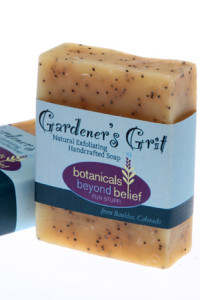Black Swallowtails
Protect Your Dill and Parsley
by Sandy Swegel
I’m very proud of my mama. At 80+ and on oxygen 24 hours a day, she’s still making valiant efforts to keep her brain functioning. She led a busy life, but now that’s she’s older and can’t get around easily without oxygen tanks, she is learning to observe what is in front of her. Today she called me very proudly and announced that she had found five huge caterpillars on her dill plant in her tiny courtyard garden down in New Orleans. She was never a gardener but at this point in life she loves watching butterflies through the window and had watched over the last few weeks wondering why the butterflies were all over the dill plant. She called because she wanted to know what would happen next and what she should do or not do.
I pretty much said do nothing except maybe to make sure the cat kept the birds from eating those fat plump caterpillars. And then I googled and found these great pictures of what’s going to happen. She’s going to have to look around because the butterflies might make their home on some sticks or weeds or even under a tiny fountain. She’s promised to take pictures…but photographer Bob Moul made a great website about what you should look for if black swallowtails are all over your dill, parsley or fennel. http://www.pbase.com/rcm1840/lifecycleofblsw It only takes a few weeks from huge caterpillar to new butterfly!
Usually, it’s the very young and the old who have the wisdom to notice nature’s miracles like butterflies…but I’m going to check the dill and parsley too. If you don’t have time to stalk your dill plants, here’s an awesome time-lapse video of caterpillar to butterfly! The first part of the video is all about frenzied eating. http://www.youtube.com/watch?v=TrowLvvmmds


 have a need to refer to had a name. The big orange wheelbarrow, of course, was “Pumpkin.” The red bargain shovel was “Scarlet.” My little hand shovel was “Scout.” Soon my old truck had a name (Zohar) and it just went on and on from there. Her premise was, that if you’ve named something, you take better care of it. This must be true because I lost my good pruners that season, most likely because they were anonymous.
have a need to refer to had a name. The big orange wheelbarrow, of course, was “Pumpkin.” The red bargain shovel was “Scarlet.” My little hand shovel was “Scout.” Soon my old truck had a name (Zohar) and it just went on and on from there. Her premise was, that if you’ve named something, you take better care of it. This must be true because I lost my good pruners that season, most likely because they were anonymous.
 years depending on how wet your climate is. You can find leaf mold that’s been breaking down for months or years anywhere leaves collect: where the wind blows them behind the garage or along the shady side of the fence. Your neighbor’s yard is a good place to find it, or along stream beds or in shady woods. Dig in to get the dark damp leaf mold next to the soil and leave the dry leaves for another year. Spread the leaf mold over your garden, at the bottom of planting holes, or along the trenches for your potatoes. This is pure gold for your garden.
years depending on how wet your climate is. You can find leaf mold that’s been breaking down for months or years anywhere leaves collect: where the wind blows them behind the garage or along the shady side of the fence. Your neighbor’s yard is a good place to find it, or along stream beds or in shady woods. Dig in to get the dark damp leaf mold next to the soil and leave the dry leaves for another year. Spread the leaf mold over your garden, at the bottom of planting holes, or along the trenches for your potatoes. This is pure gold for your garden. 4. Grass Clippings
4. Grass Clippings